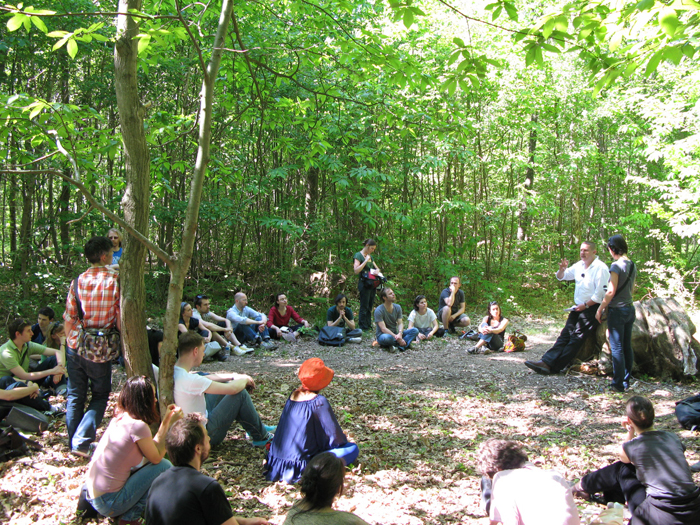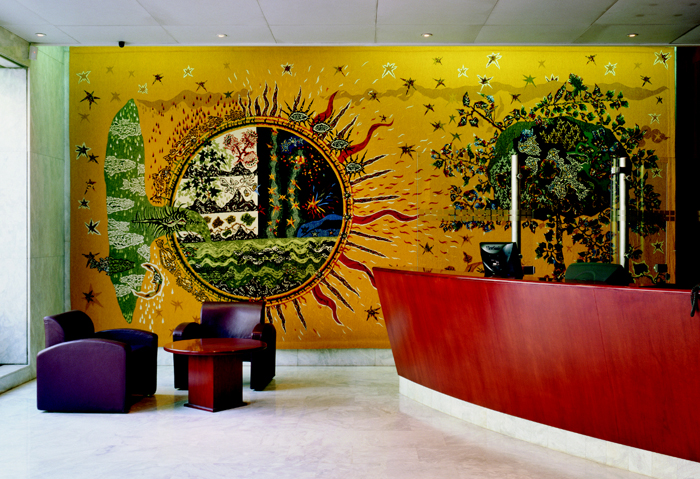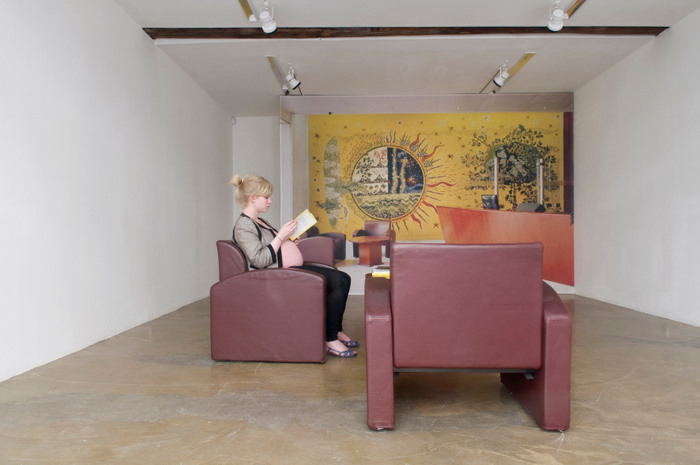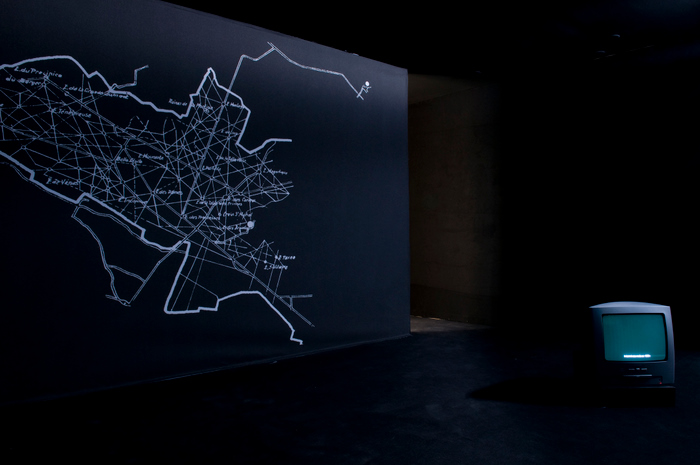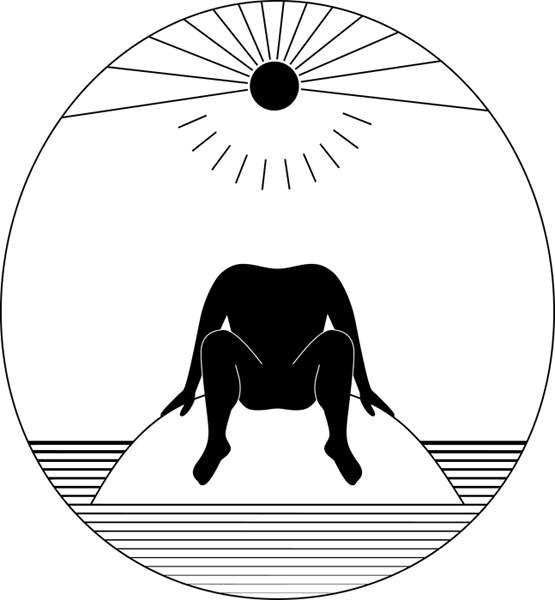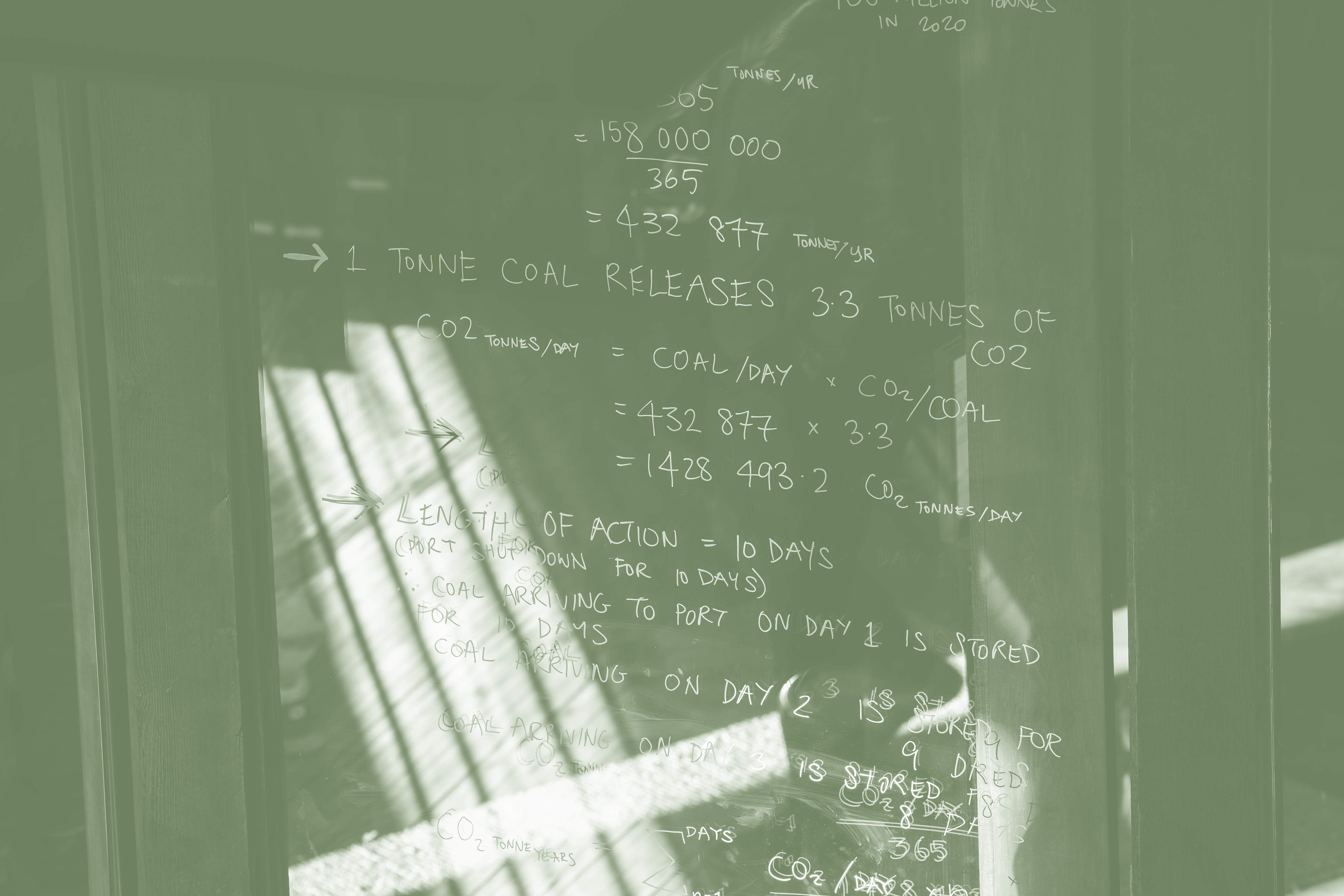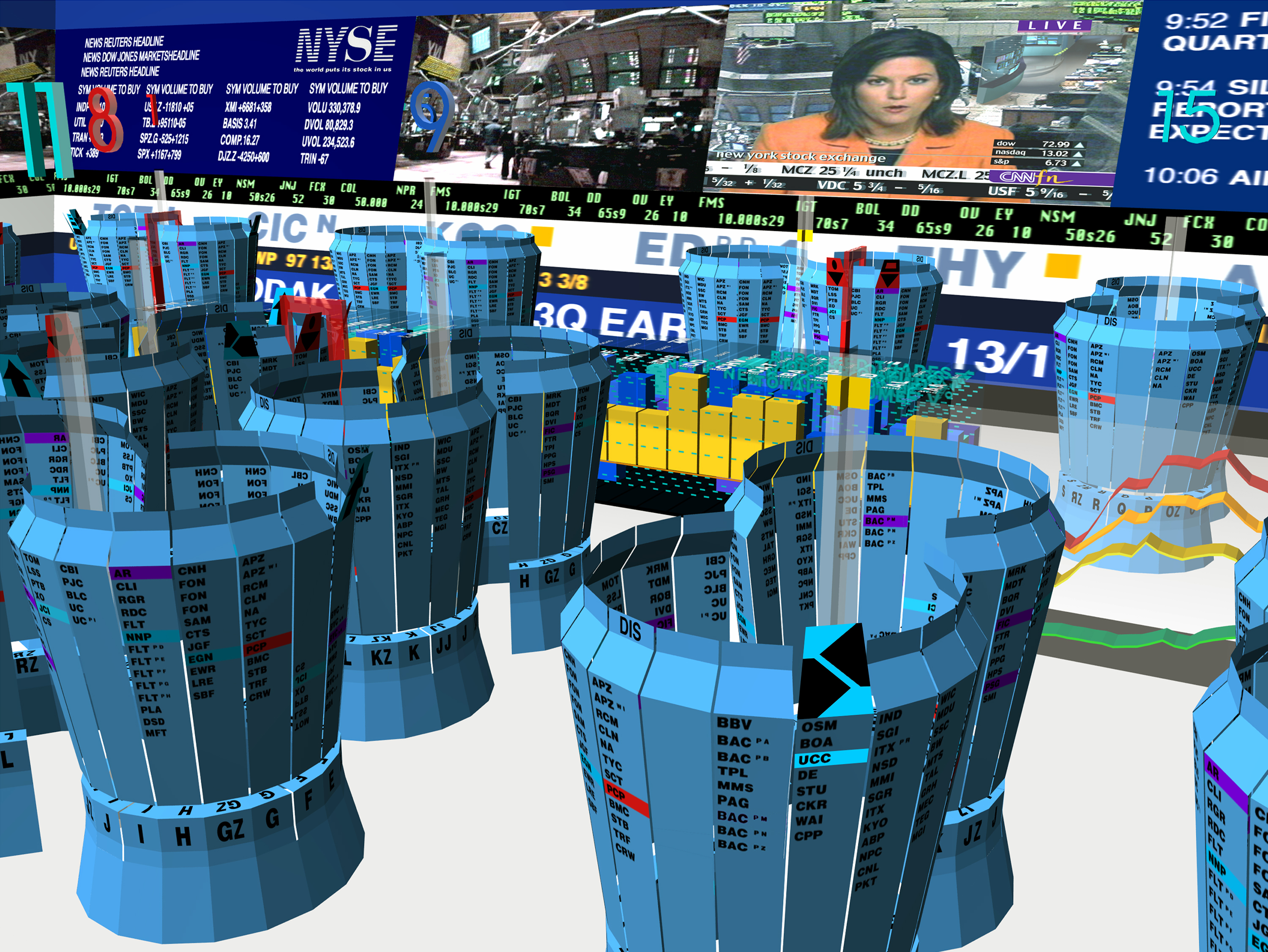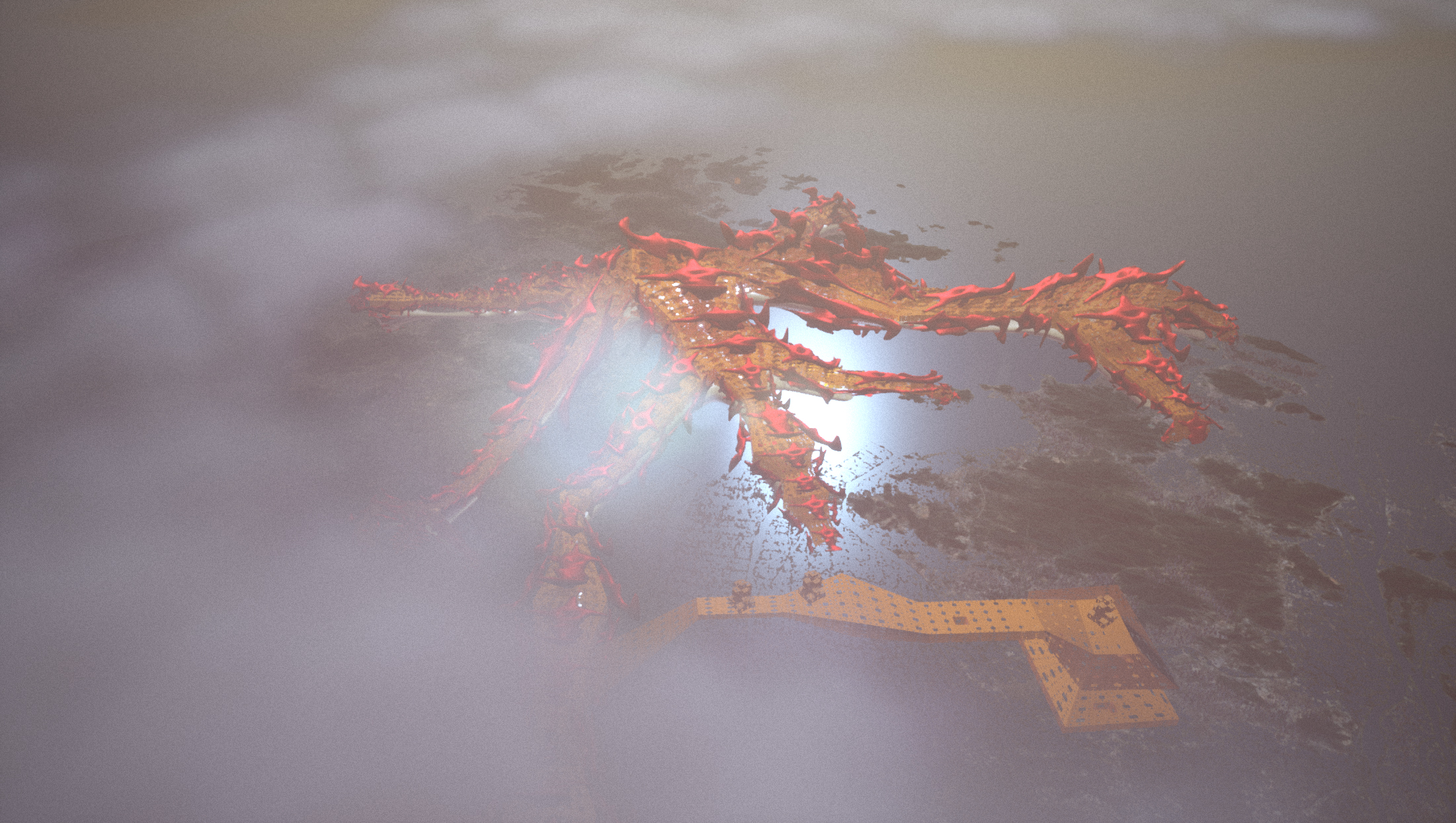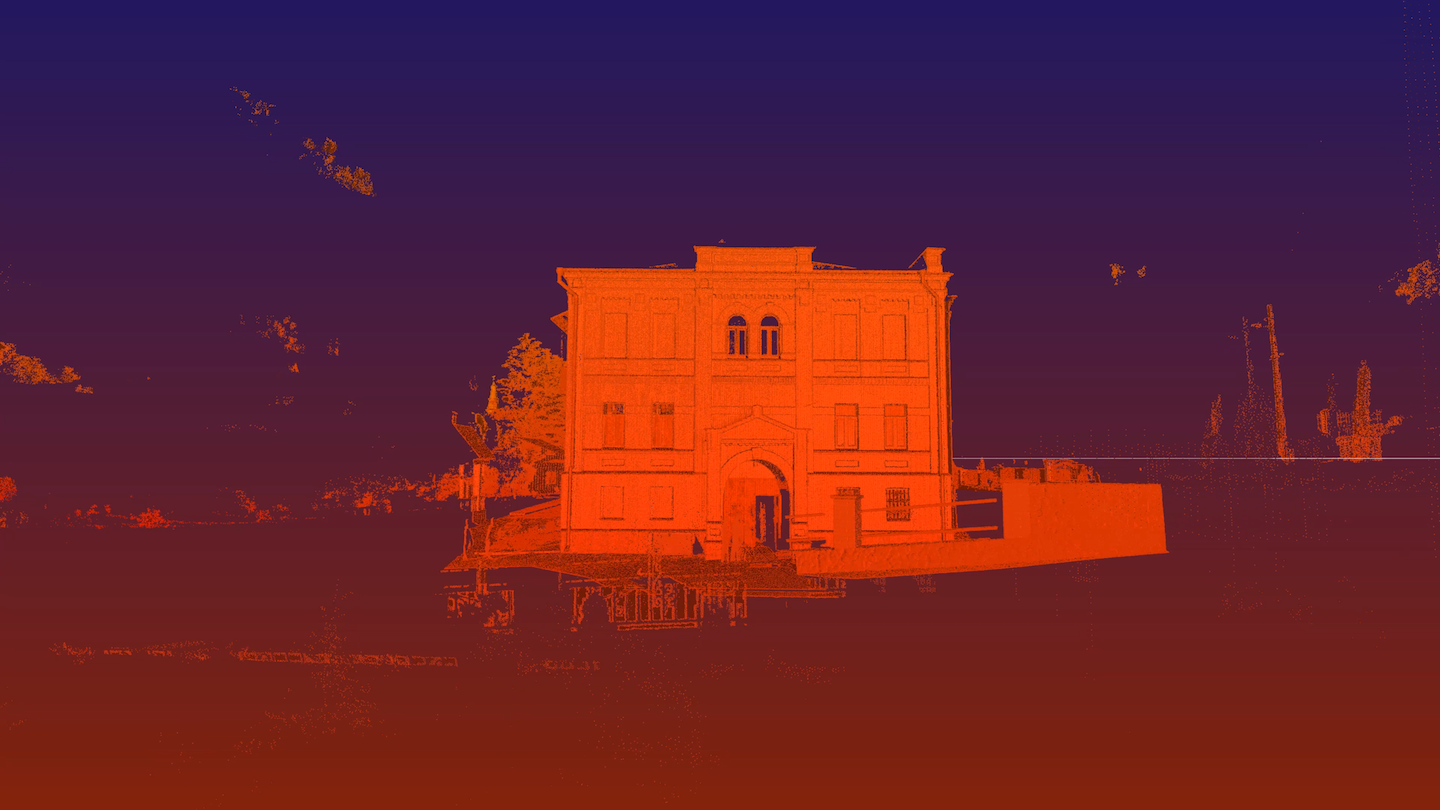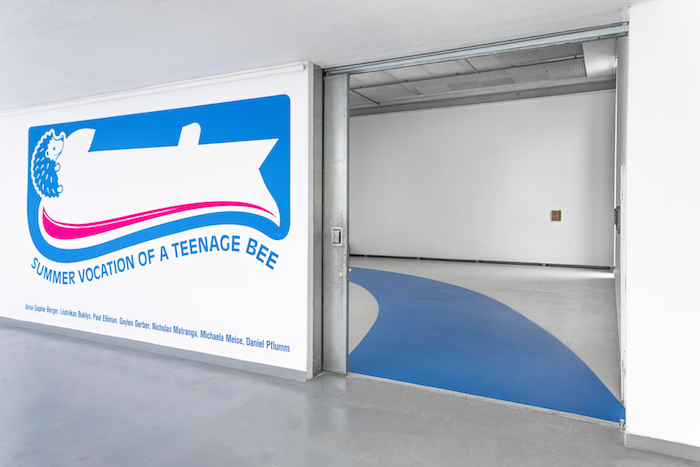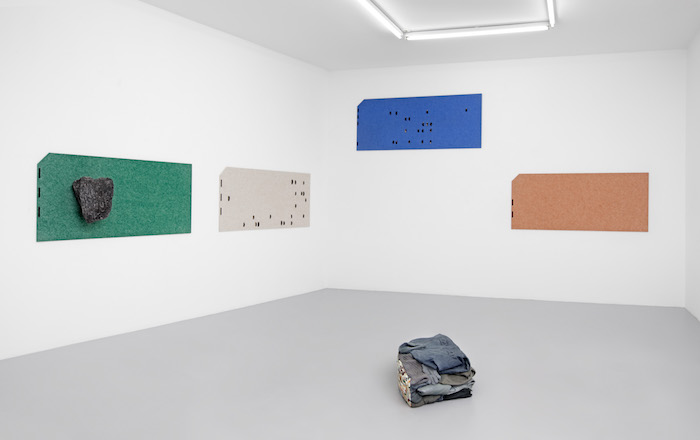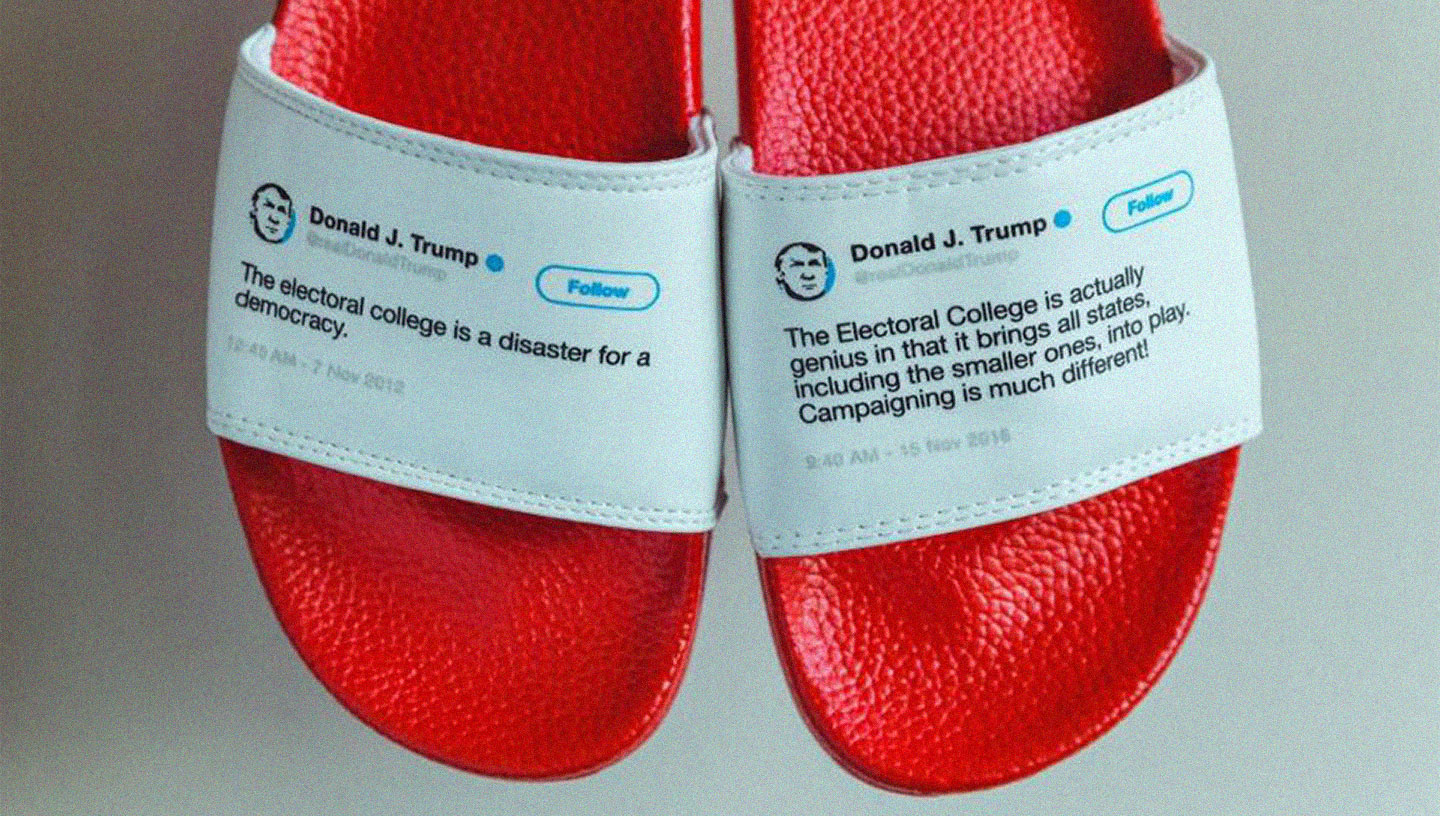June 5–July 25, 2010
"For 'Euro' and 'dollars' one should write 'xeno' and 'money' respectively. The Eurodollar has long since shed its attachment to Europe. It is, in fact, no longer geographically located but circulates within an electronic global market which, though still called the Eurodollar market, is now the international capital market. And its attachment to dollars is denominational rather than actual: not only can all currencies be swapped instantaneously in and out of the dollar, but there is also a growing volume of other instruments within this new market, such as Eurobonds, issued in Yen, Deutschemarks, Ecus and so on."
—Brian Rotman, Signifying Nothing: The Semiotics of Zero (New York: St. Martin's Press, 1987), pp. 87-107.
On June 6, 2010, the world woke up to a perplexing $2.6 trillion conundrum. The New York Times headlines indicated a whodunit mystery, "Debtors' Prism: Who Has Europe's Loans?" A lump of loans had gone astray along with the unnamable lenders to attribute them to. But could their origins simply disappear? Apparently so, according to investors, regulators, and bankers, provoking a whirlwind of finger-pointers amongst Europe's financial leaders. This inscrutability, in all its severity, has sparked off spoofs throughout the world: poof, and the magic wand makes it all go away?
Why such a pervasive liquidity of economy exists and its inextricable link to what appears as a deliberate act of fiction brings us to ponder "The Decapitation of Money," an exhibition at Kadist Art Foundation by the Swedish duo Goldin+Senneby. The two-part installation is a smart setup intertwining their ongoing serial novel, a collaborative project called Looking for Headless (since 2007), within the fiction created in the exhibition itself. The murder mystery Looking for Headless has been written by one of Goldin+Senneby's spokespersons, the self-deprecating author K.D. (and supposedly, one gathers from the correspondence with lawyers, a consultant of an offshore company). While K.D. is clearly a figurative voice for real-time author John Barlow, the two are depicted as interchangeable, their roles intertwined by winding actions and facts. It documents their search to unravel a mystery (a murder by decapitation) and their search to locate the (real?) offshore company "Headless Ltd." in the Bahamas, all the while revealing an uncanny relationship to Georges Bataille's 1937 secret society Acéphale (from the Greek akephalos, meaning "headless"), whose pact involved each member's willingness to be decapitated for their "cause"—yet none would be the executioner. Despite its hackneyed rhetoric, Goldin+Senneby's twisted narrative does a decent job of contextualizing what its like to wander through the ghostly dark forest of offshore finance—indeed, finance within the slippery realm of an ever-shifting unnamed territory. Goldin+Senneby's book provides a record of the texts that they, like the corporations they investigate, have outsourced to "experts" in the field. The epilogue of the book's many incarnations places the artists in the French Marly Forest in search of a lighting-struck tree that is never to be found. This tree, we learn, was the sacred marker and meeting point for Acéphale when celebrating Louis XVI's regicide. But we never find the tree here either: the tricksters Goldin+Senneby have placed us in the midst of yet another mystery manifest at Kadist.
The epilogue rewinds and fast-forwards taking us to the heart of the exhibition, a Janus head of duplicity, dissipations, illusions, and hardboiled realities. The first part of the installation is dominated by a wall-size photograph of the actual interior of the Russian-owned BCEN (EUROBANK), today known as the VTB Bank, one of the creators of the Eurodollar. (By way of brief explanation, in the 1950s, Soviet and Chinese banks deposited dollars into this Paris-based bank, which in effect, made the US dollar a rootless currency.) Marked by its delightfully tacky tapestry made by the French master Jean Lurçat depicting the sea, sun, moon, and the tree of life—recurrent pictorial references for Bataille—the photograph also shows the bank reception area, generating a trompe-l'œil effect within the room itself. At Kadist, you see, those very same reception area chairs placed around a table are replicated in the room itself. The installation, in fact, puts us in the situation of being invited "to wait" in front of a photograph of a waiting area. And to make our stay more pleasant, reading materials have been provided, indeed a pamphlet to help us decode the exhibition or further obfuscate it.
The second part is ensconced in darkness, illuminated vaguely by the funny flickers of a stroboscope and by a map of the Marly Forest—which was, we learn, the secret meeting place of Acéphale. Overhead, we hear the authorative voice of Angus Cameron—an "economic geographer" and spokesperson of Goldin+Senneby—giving a lecture on the history of the Eurodollar, "xenomoney," or "outside money," and its links to the radical potlatches proposed by Bataille in his satiric essay on economics, La Part maudite (1949). The exhibition is further complicated when we learn that this "economic geographer" led a walking tour of the secret lair of Acéphale on May 23, 2010; the map on the wall presumably indicates the paths through this dark forest.
The "xenobodies" (the map, the monitor) in this room glow and shimmer, but still the question lingers: where is Acéphale's sacred lightning-struck tree? Goldin+Senneby's installation is itself a form of speculation (pun intended), and its conclusion is dire: is the advent of the Eurodollar and offshore banking the black hole of currency? To paraphrase Hogan and Pearce from The Incredible Eurodollar (1984), either the "tree" will emerge again based on a total and atavistic dissolution of the present-day monetary system via an imaginary fixed basket of goods in proportion to the cost of living index. Or a convertible world currency will become necessary to bilaterally balance trade and re-establish the fixed rates of foreign exchange. In other words, what is proposed here is a return to a gothic world order of metallic economies—an iconic simplicity. In the meantime, happy trails in the dislocations of "xenospace."
